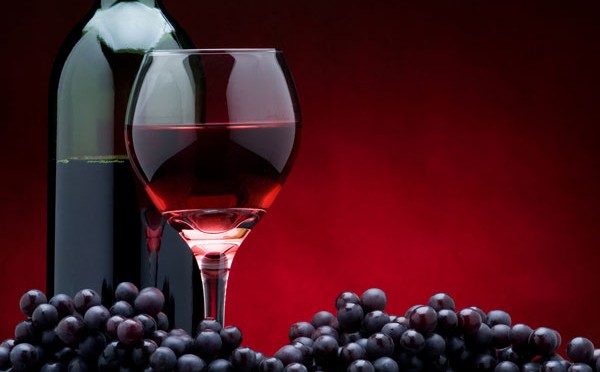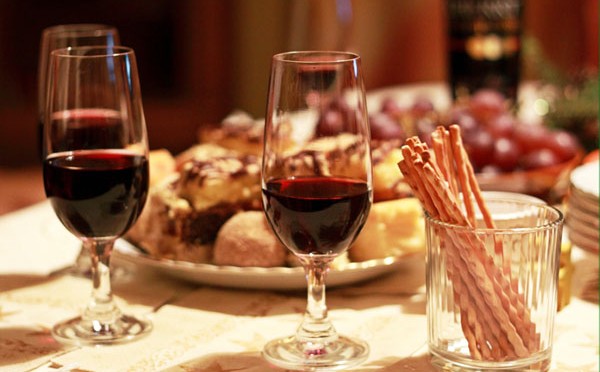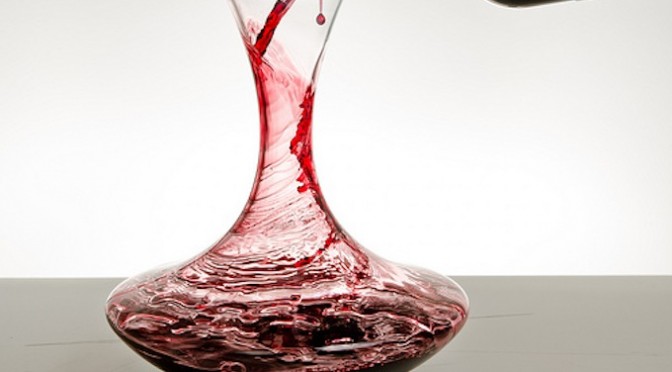Australia is the fourth largest wine producing country in the world and boasts of great quality wines from major producers like Foster Group, Constellation wines and so on. The red grapes of Australia are their greatest asset and the most cherished wine is Shiraz. With the abundance of sunshine in Australia, the grapes ripen perfectly to give that special taste to the Australian wine. It is believed, the warmer the wine region, the better the red wine. But, the cooler areas are also well suited for the lighter and delicate red wine. There are several mild climate regions that are home to Australian specialty of sparkling red wine popularly known as “Shiraz”.
Shiraz: Shiraz produced from the same grapes as Syrah in France’s Rhone Valley were imported in Australia in 1832. It prospered in the Australian turf and became a great source of high quality wines for those who prefer to buy fine wine online and other stores. The versatility it displays to transform depended on the region and its growth is something special. There are several elegant styles that have emerged because of the climate, like the elegant peppery cool climate style in Heathcote, Victoria to cull out intense flavors with a spicy style of Coonawarra and Margaret River, the powerful minty one from Clare Valley, sweet and chocolaty one of McLaren Vale and muscular ripe fruited of Barossa. There is no other variety, which can match the mulberry, spicy, slightly wild flavor of Australia’s Shiraz wine.



